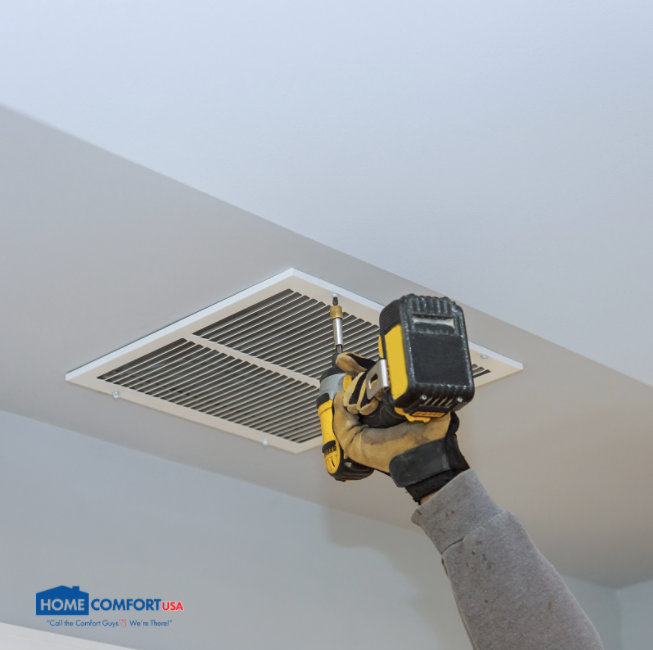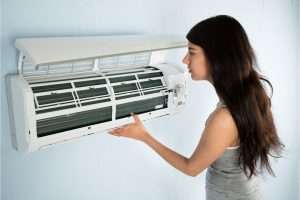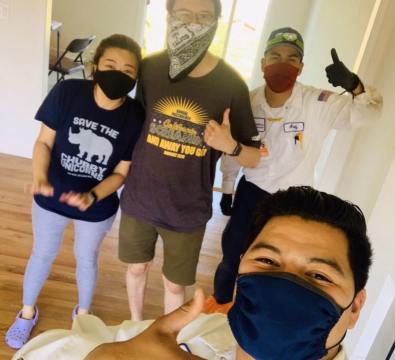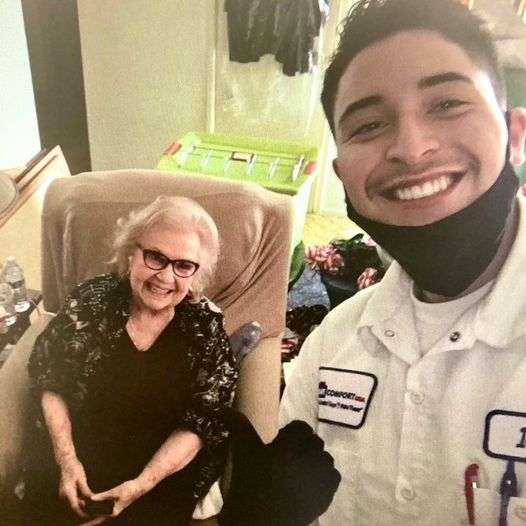Indoor heating is essential for keeping homes warm during cold weather.
Most people rely on a furnace or HVAC system to meet these needs.
Faulty parts, poor home design, and outdated equipment can cause heating problems in homes, leading to discomfort and unwanted expenses.
Read on to learn about common heating problems in homes and how to deal with them.
The Thermostat is Broken
- Temperature Fluctuations: If your thermostat is no longer regulating the temperature accurately, faulty wiring or a bad sensor may be the cause.
- No Display: For a digital thermostat, no power on the display screen is an obvious indicator that something is wrong.
- Little to No Heat: If you are getting a small amount of heat or none at all, it may be because the heater isn’t receiving the correct signal from the thermostat.
The Filter Needs to be Cleaned or Replaced
A furnace’s filtration system is essential for removing unwanted contaminants from the air.
However, many people don’t clean or change their filters often enough.
This results in the excess buildup, limiting airflow and reducing its quality.

- Check Regularly: Check your filter once every few months.
- Inspect Carefully: Carefully examine the filter for excess buildup. This can provide early warning signs of furnace problems.
- Clean or Replace if necessary: If there isn’t much buildup, carefully clean out the dirt. If the buildup is too much, or the filter is old or damaged, replace it.
The Pilot Light Has Gone Out
- Read The Instructions: Make sure you start by finding and reading the instructions for the unit. They are generally located somewhere on the furnace itself.
- Cycle The Power: Turn the pilot light off for a few moments to allow the excess gas to clear away before turning it back on again.
- Relight The Unit: Use a match or a lighter to ignite the pilot once more. You may need to hold down a reset button while doing this.
The Fan Motor Has Gone Bad
If you have ongoing heating problems because the air is not blowing at the correct speed, it could be the result of a faulty fan motor.
The fan motor is an essential part of the furnace. By moving the air through the heating system, it provides the circulation necessary to warm the home.
Some common problems with the fan motor include:
- The Motor Overheating: If the motor overheats, the whole system could kick off early, before it has provided sufficient heating.
- Dirt Build Up: Just like the filtration system, over time, the motor can get dirt and gunk buildup, creating damage.
- Faulty Motor: If the heating system is old or overworked, the motor may have stopped working.
The Furnace Blew a Fuse
A blown fuse is another potential cause of home heating problems.
Check the fuse that the furnace is connected to and make sure it’s hasn’t blown. This is usually the result of an electrical short, from either too much strain or bad wiring. If you have blown a fuse, make sure you aren’t putting too much load on your home’s electrical system.
Consider looking over the wiring and hiring a professional if necessary. Electrical issues can cause fires.
The Heat Exchanger Has Cracked
- Carbon Monoxide: Carbon monoxide is an undetectable and deadly gas that can seep out of a cracked heat exchanger.
- Fire: The compression that occurs inside the heat exchanger can cause ignitions if there are leaks in any of the tubes.
- Nitrogen And Sulfur Dioxide: These excess gases, while less harmful than carbon monoxide, can still cause symptoms such as headaches, dizziness, and nausea from long-term exposure.
Your Home Needs Insulation
Poor insulation causes some heating problems.
Consider the following to ensure your home is properly sealed:
- Check for Exterior Gaps: The first step in improving home insulation is to find any obvious gaps around the home’s exterior.
- Cover Windows: Sealing windows, doors, and other openings helps eliminate common heating problems.
- Basements And Attics: Don’t underestimate the importance of weatherproofing basements and attics, even if they are not going to be heated.
Sealing the home is a cheap and effective method for improving home heating.
You Need a New Furnace
Heating problems can also arise when the furnace can no longer circulate air efficiently. If you have an old or outdated unit, it might be time to look into a new one.
Here are some points to consider:
- Higher than usual heating costs could be the result of an inefficient and outdated HVAC system.
- A noisy or loud furnace might mean that the unit has sustained too much wear to warm the home properly.
- If the unit needs increasingly frequent repairs, it may be less costly to purchase a new one.
- If your unit is older than 15 years, it is probably time to replace it.
Having a reliable heating system and understanding how it works can mitigate many of these common issues.
Learn More About Our Services
If you have some of these common heating problems in your home, you should consider learning more about how HVAC systems work.
Find out how you can improve your home’s common heating problems with our heating maintenance services!





